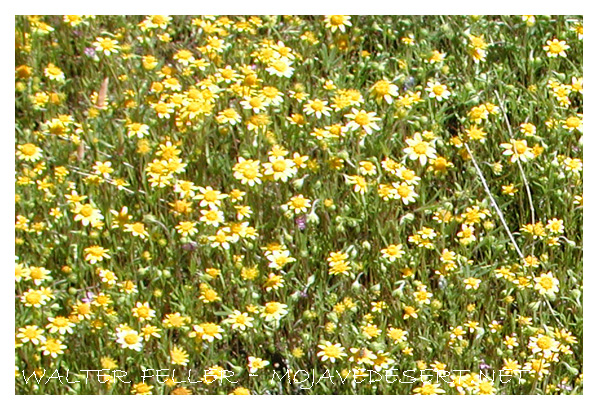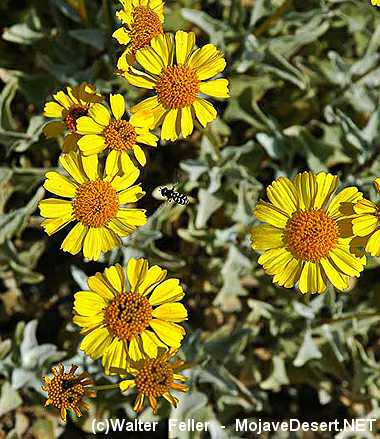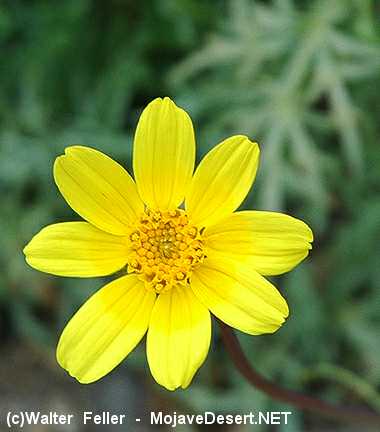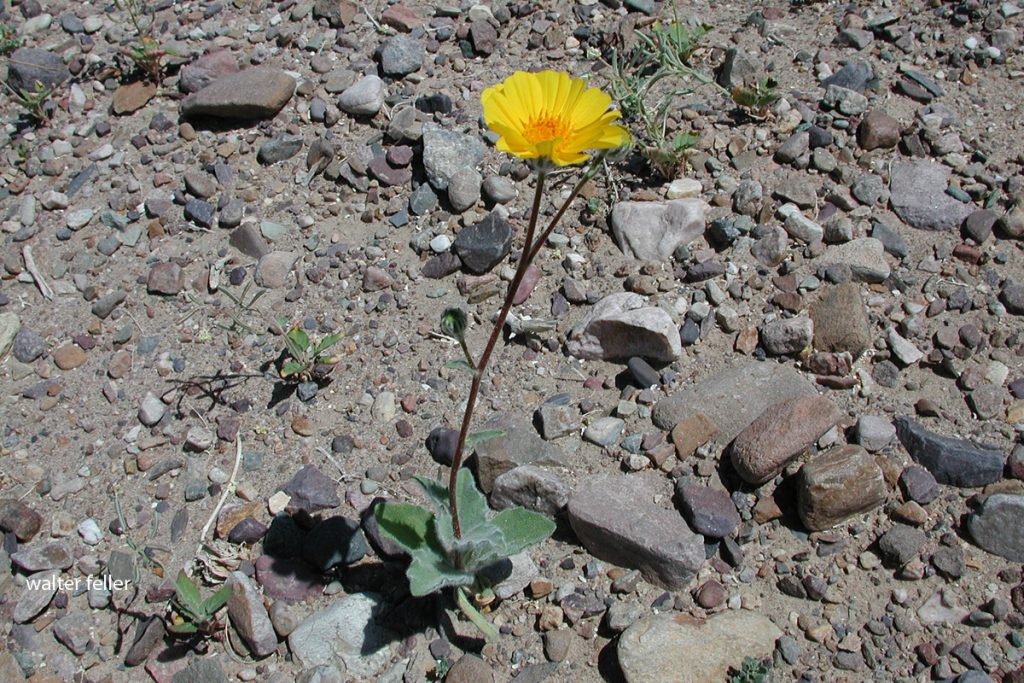
Damn Yellow Flowers (DYFs) is a term affectionately (or begrudgingly) used by botanists, naturalists, and desert wanderers to describe the frustratingly abundant and often similar-looking yellow wildflowers that blanket arid regions like the Mojave Desert. These flowers, while beautiful, can be a nightmare to identify—kind of like trying to tell apart identical twins who insist they have wildly different personalities.
The Science Behind DYFs
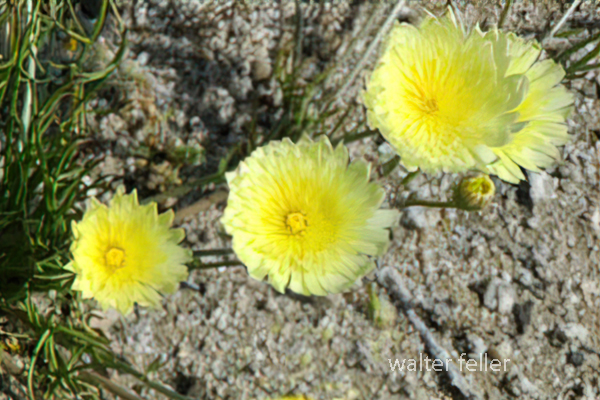
Despite their casual nickname, DYFs encompass a wide range of plant species, predominantly from the Asteraceae (sunflower) family. This family includes some of the most common desert wildflowers, many of which share characteristics like bright yellow petals, composite flower structures, and a knack for popping up right where you least expect them.
Common DYFs of the Mojave Desert
Below are a few of the most frequently encountered DYFs in the Mojave Desert, along with their scientific and common names:
- Desert Gold (Geraea canescens) – A tall, wiry-stemmed sunflower lookalike that thrives after rainy winters. It’s often the first to bloom during a superbloom, showing off like that one cousin who always arrives overdressed.
- Desert Dandelion (Malacothrix glabrata) – A smaller, daintier yellow flower that resembles a garden dandelion but grows in sandy soils. It’s the floral equivalent of a minimalist, sticking to the basics but still catching your eye.
- Golden Suncup (Camissonia brevipes) – A member of the evening primrose family, this plant has smaller yellow flowers that bloom near the ground. It thrives in disturbed soils, much like the houseplants you keep forgetting to water.
- Brittlebush (Encelia farinosa) – One of the most easily recognizable DYFs, this shrub produces clusters of yellow daisy-like flowers on long stalks above silvery-green leaves. Imagine a desert plant trying its best to cosplay as a daisy bouquet.
- Yellow Cups (Chylismia brevipes) – Similar to golden suncup but with more pronounced petals, this species tends to appear in sandy washes and along roadsides, proving that even wildflowers enjoy people-watching.
- Goldfields (Lasthenia californica) – These tiny yellow blooms cover vast expanses of desert terrain, often blending together to create the illusion of a solid golden ground cover—kind of like nature’s way of rolling out the red carpet, but for bees.
Why So Many Yellow Flowers?
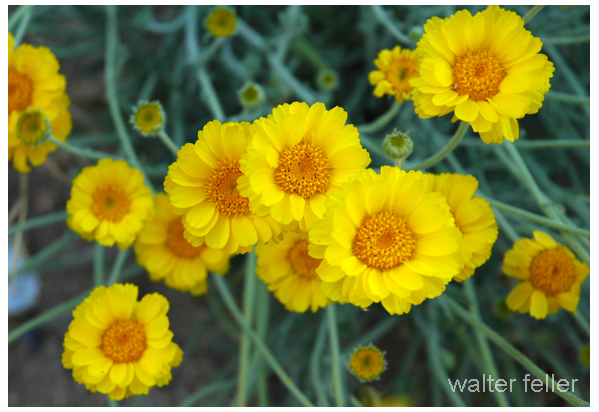
The dominance of yellow in desert wildflowers isn’t just a coincidence. Many desert plants have evolved yellow blooms because it is one of the most visible colors to pollinators, especially bees and butterflies. In an environment where survival depends on successful pollination, standing out is a strategic advantage—basically, these flowers are nature’s version of a flashy billboard.
The Struggles of Identifying DYFs
For amateur botanists and even seasoned professionals, distinguishing between different species of DYFs can be a daunting task. Many species exhibit only minor differences in petal shape, leaf texture, or stem height. Additionally, environmental factors such as soil composition and precipitation levels can influence plant morphology, making identification even trickier. It’s kind of like trying to pick the right brand of mustard—so many choices, all vaguely the same.
Appreciating DYFs Beyond the Frustration
While they may be difficult to differentiate, DYFs are an essential part of the desert ecosystem. They provide nectar and pollen for pollinators, contribute to soil stabilization, and play a role in the desert food chain. Whether viewed as a botanical headache or a seasonal spectacle, these flowers are an undeniable part of the Mojave Desert’s charm.
So the next time you find yourself cursing at a sea of damn yellow flowers, remember that each one has its own niche, history, and role in the desert’s delicate balance. Or just make up a name and move on—chances are, no one will correct you.
